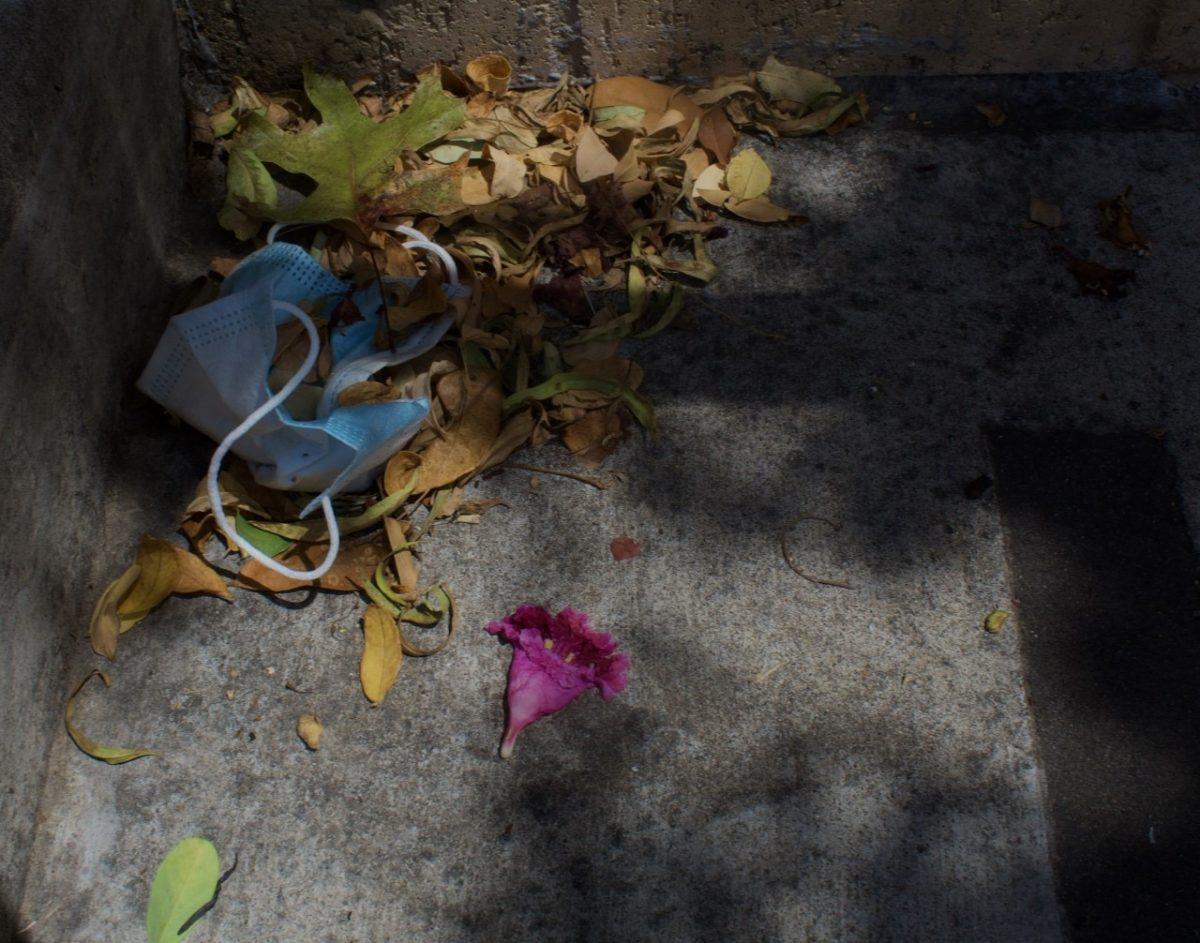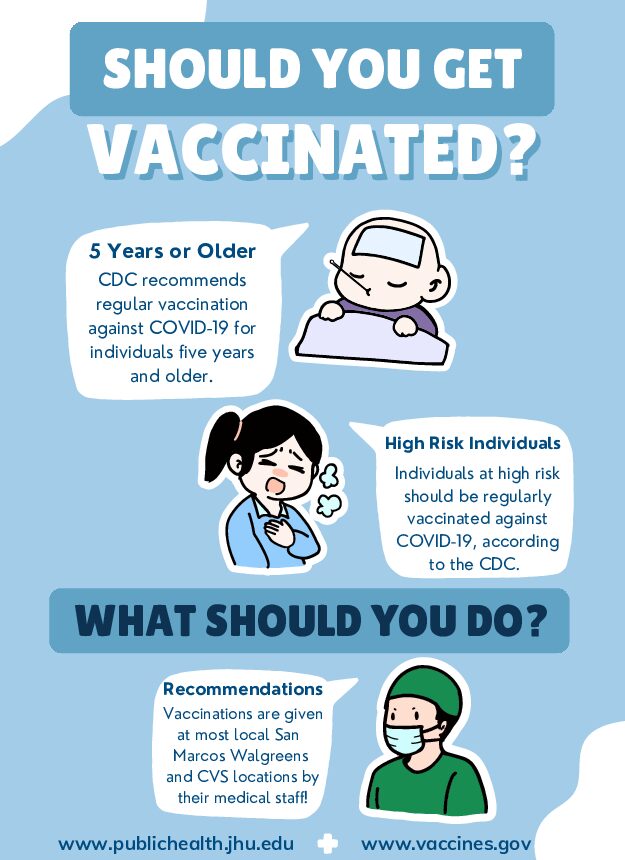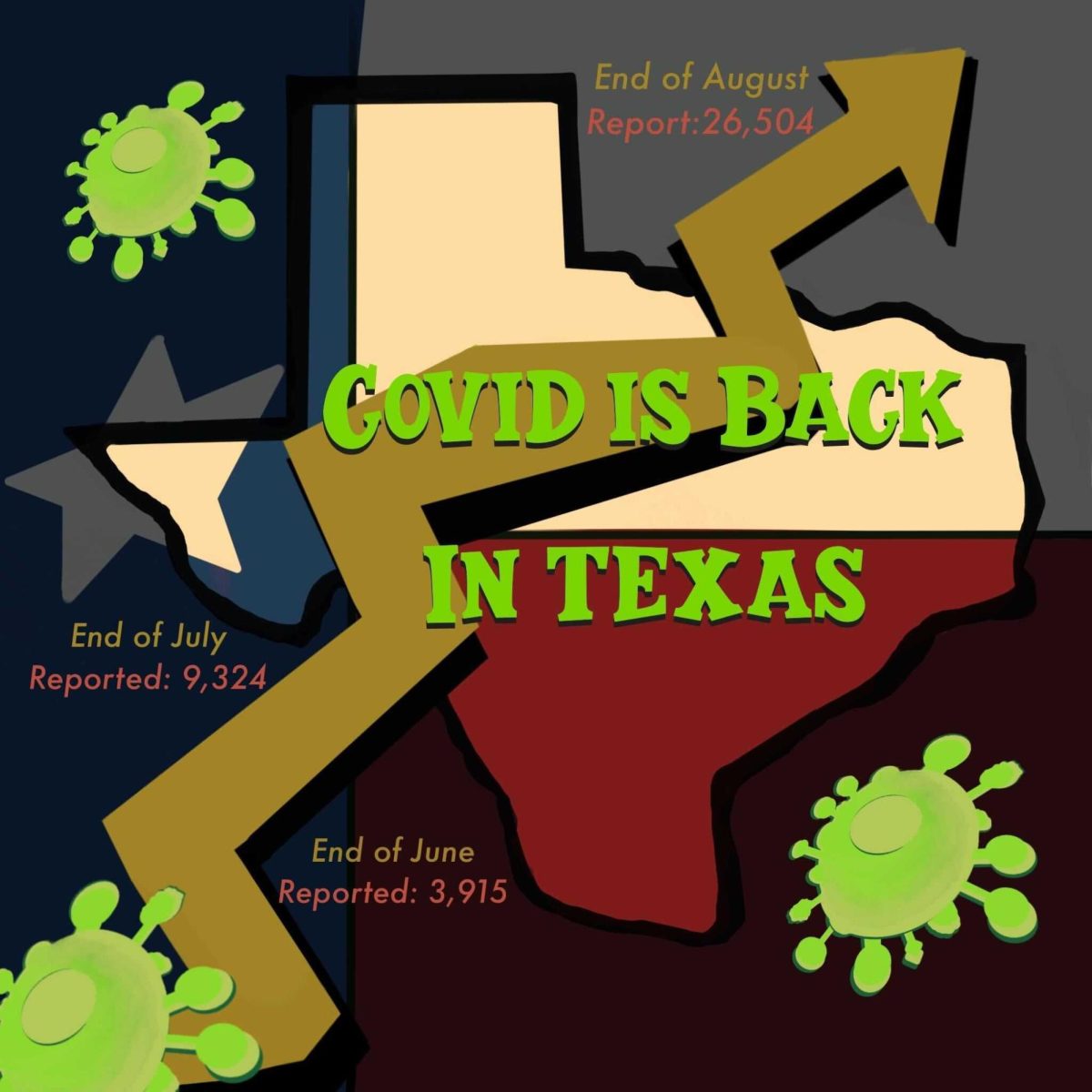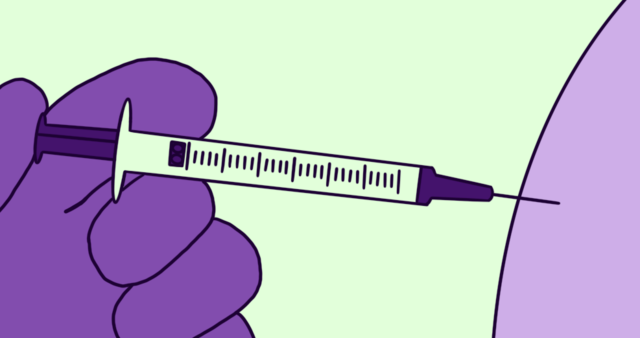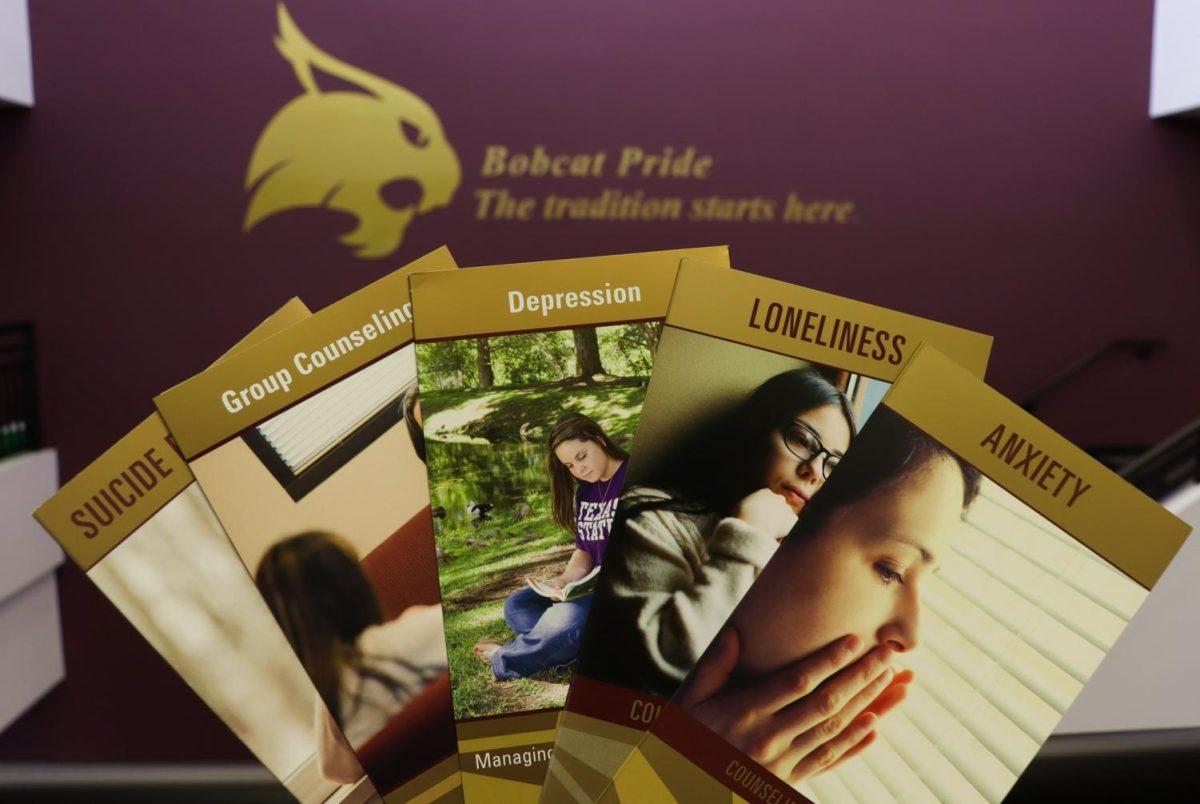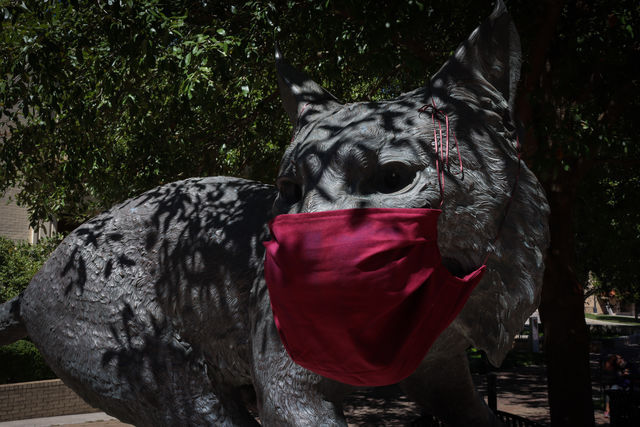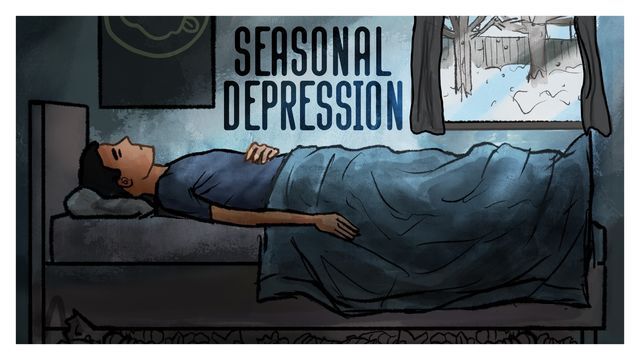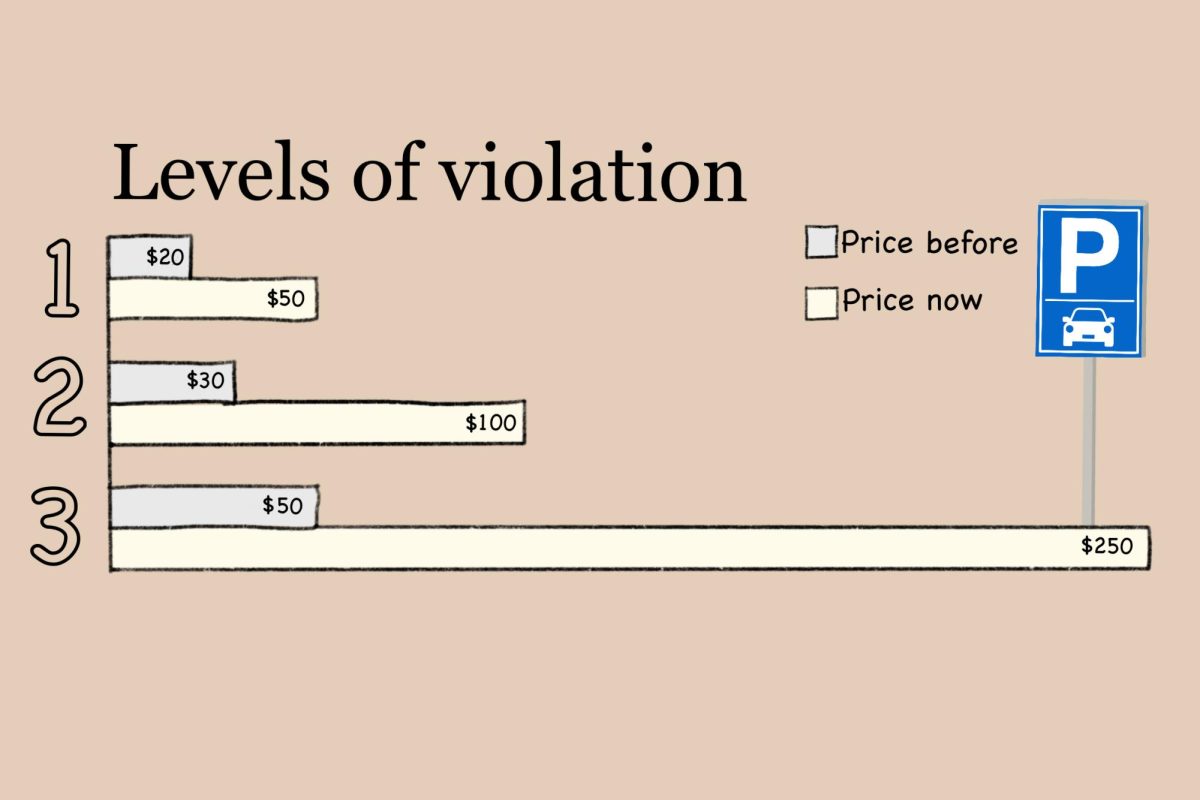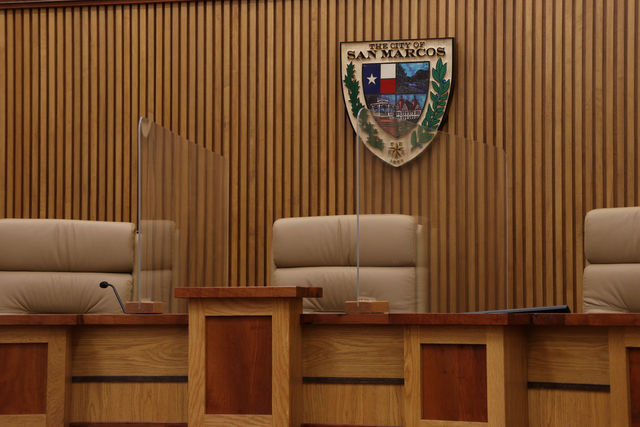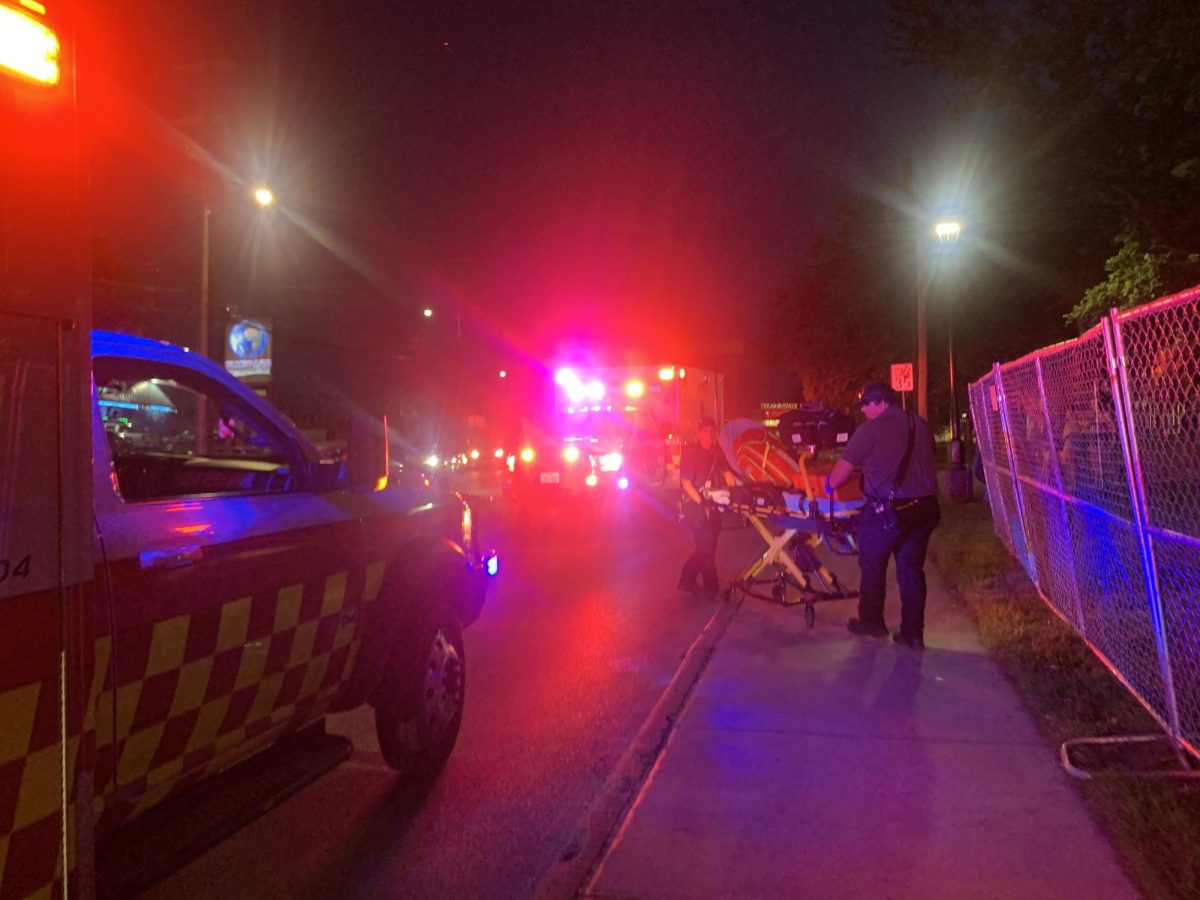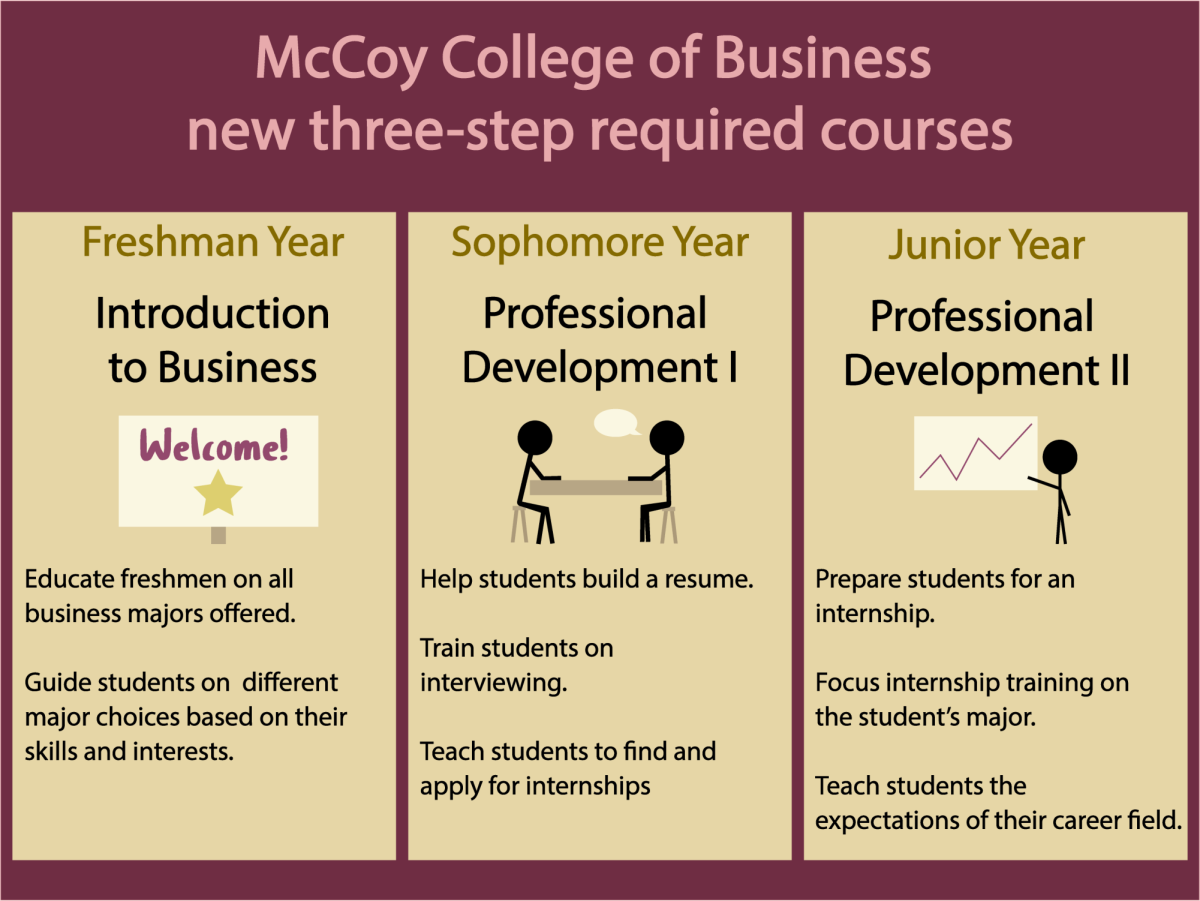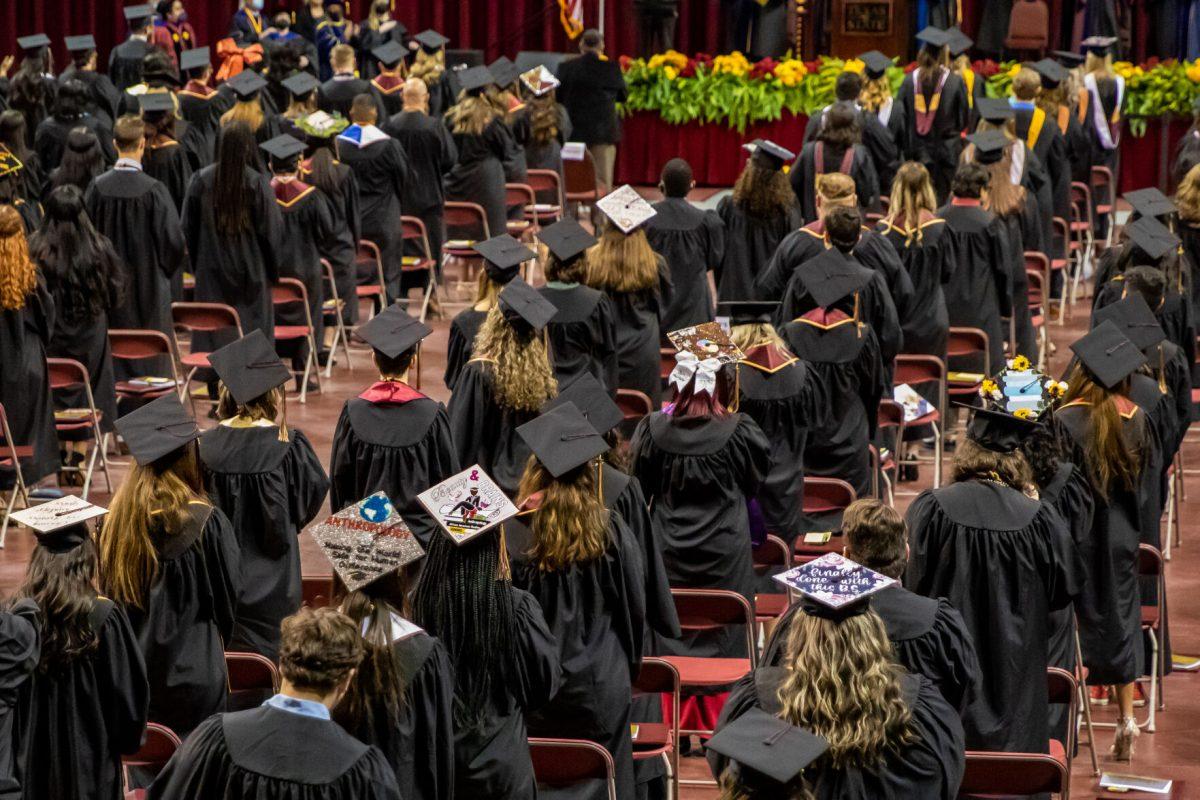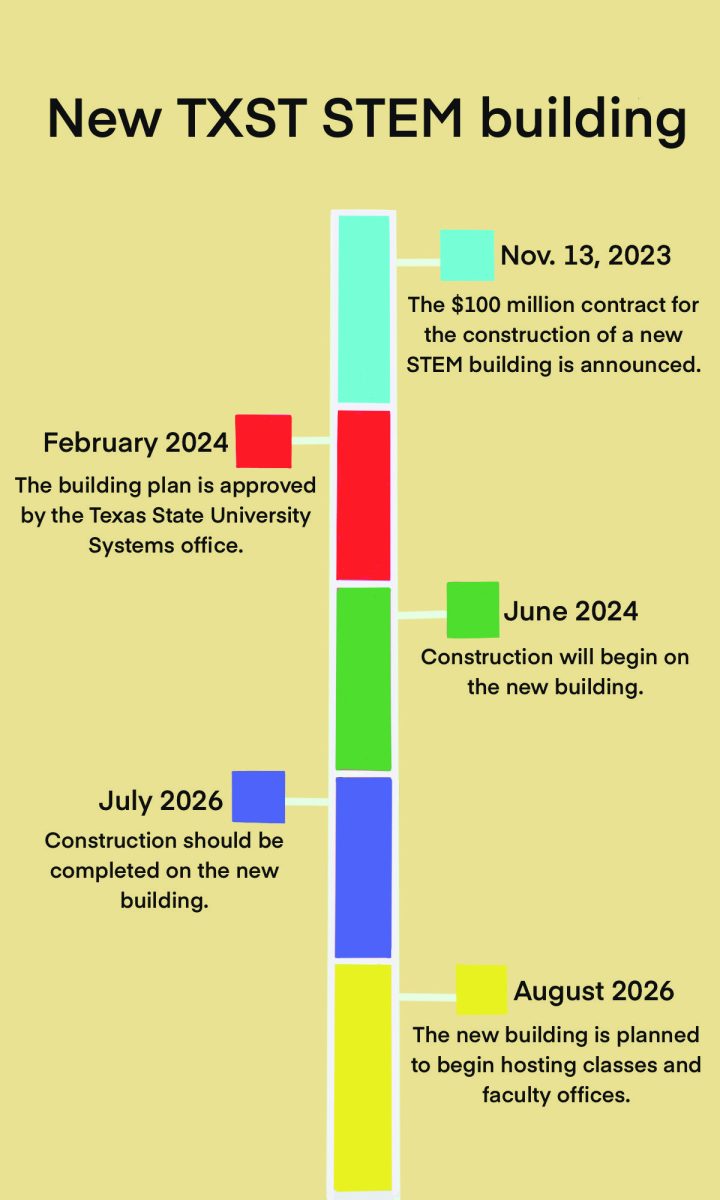Following a university email requesting that Texas State students quarantine for two weeks before returning to campus for the fall semester, students traveling from out of town, employed or living in spaces with multiple family members find themselves in a bind—not able to fulfill such a request but also wanting to remain safe from the ongoing pandemic.
On July 30, Dean of Students Margarita Arellano sent the email to the university community on behalf of Texas State. The next day, after student frustration, the university followed up with answers to general questions about the request, saying students not able to self-quarantine should “be as responsible as possible before returning to our campuses.”
Andres Galvin, an accounting senior with three in-person classes, is planning to move apartments and works at a grocery store, making it virtually impossible for him to quarantine before returning to campus for classes.
“It looks like this [quarantine request] move is a way for [Texas State] to relieve liability because you know the virus is going to be brought on campus, and other students who have been good about social distancing and whatnot are going to get sick,” Galvin said. “And the university is going to come out with a statement saying ‘our official advice was to stay home, we can’t control what students do.’”
In addition to students moving into off-campus housing, students will begin moving into campus dorms between Aug. 16-19, days before the Aug. 24 start of fall classes. The Department of Housing and Residential Life expects over 5,600 incoming freshmen to move in during the four-day period.
Students will be required to sign up for specific arrival times. Each residential hall has 16 30-minute arrival appointments based on each hall’s occupancy in order to maintain physical distancing.
Jacob Aromy, an incoming freshman, is satisfied with the university’s approach in staggering freshman move-in days and times. However, Aromy says he does not believe every freshman moving in is going to quarantine beforehand.
“There’s nothing much you can do if students don’t quarantine,” Aromy said. “If someone’s not wearing a mask the entire time… it’s hard to monitor all those things. I feel like my excitement about moving in is kind of clouding my concerns, but I feel like what [the university] is doing is a very good job… and it’s really all they can do considering there’s so many kids moving in.”
Texas State’s Roadmap to Return health and safety measures page indicates all indoor spaces will have occupant density limited to 50% capacity in order to maintain physical distancing. Sharon Pulipaka, an exercise science senior with all in-person classes, says her graduate program classes during the fall are already small in size, but she is not convinced it will lower the risk of transmission.
“I don’t know how we can all sit in a classroom for three-and-a-half hours to six-and-a-half hours when a lot of students take back-to-back classes like myself,” Pulipaka said. “With students and faculty and even staff, like, I don’t know how social distancing is even possible. I’m in [the] Jowers [Center], which is a pretty tightly-enclosed space.”
Pulipaka works as a kindergarten teacher during the summer and says she is around students and parents all day long. Additionally, she goes grocery shopping and runs errands for her immunocompromised in-laws.
“I’m around [the in-laws] 24/7, so there’s no way I can quarantine because I have to take care of them, and I have to go out to get groceries and get their medicines when I’m unable to get it delivered,” Pulipaka said. “There’s no way I could ever quarantine for two weeks without someone here to, like, help me out.”
Rachel Flinn, a biology master’s student, is working as a certified nurse’s assistant at a skilled nursing facility. While she is not working in the COVID-19 unit, she says her job puts her at higher risk for exposure. However, she cannot take time off to quarantine because she needs to pay for the upcoming semester.
“Typically, I have the privilege of not having to pay for my own schooling, [but] my mother, who does pay for my schooling, just lost her job,” Flinn said. “I’m certain a lot of other students are experiencing the same issues as [they have either] lost their job, or someone who is their guarantor has lost their job, and they [have to] scramble to find money.”
Flinn says she experienced the anxiety of a COVID-19 outbreak in her workplace, which caused her to fear what could potentially come in the fall as a result of students returning to in-person instruction.
“[The outbreak] made me so anxious thinking about the number of students that will be coming back to campus, knowing that many of them probably have certifications like I do that put them at higher risk of exposure and passing it on to others,” she said.
After the outrage over the quarantine request in her email, Arellano says she apologizes to students who found it insensitive.
“When the leadership of the university asked me to include [the quarantine part] of the request in the letter, I truly believed it was done with the best intentions since it has been a common practice during COVID-19 times,” Arellano said. “But unfortunately, the impact was different.”
She believes the quarantine is one of the multiple factors meant to keep students safe from the virus on campus.
“Under these circumstances, there are no rehearsals,” Arellano said. “The best we prepare [is] still never enough, because everything that we’re going through is completely new for all of us, you know, so we just need to keep that in mind and keep trying the best we can.”
To date, Texas State has not stated it will request faculty and staff to quarantine for two weeks prior to the start of classes. Additionally, none of the faculty senate’s published requests for administrative action were honored by President Denise Trauth and Provost Gene Bourgeois, preventing faculty from having the full choice of course delivery method independent of limits set by department chairs or college deans.
Details on the administration’s plan to safely resume campus activity are available in Texas State’s Roadmap to Return.
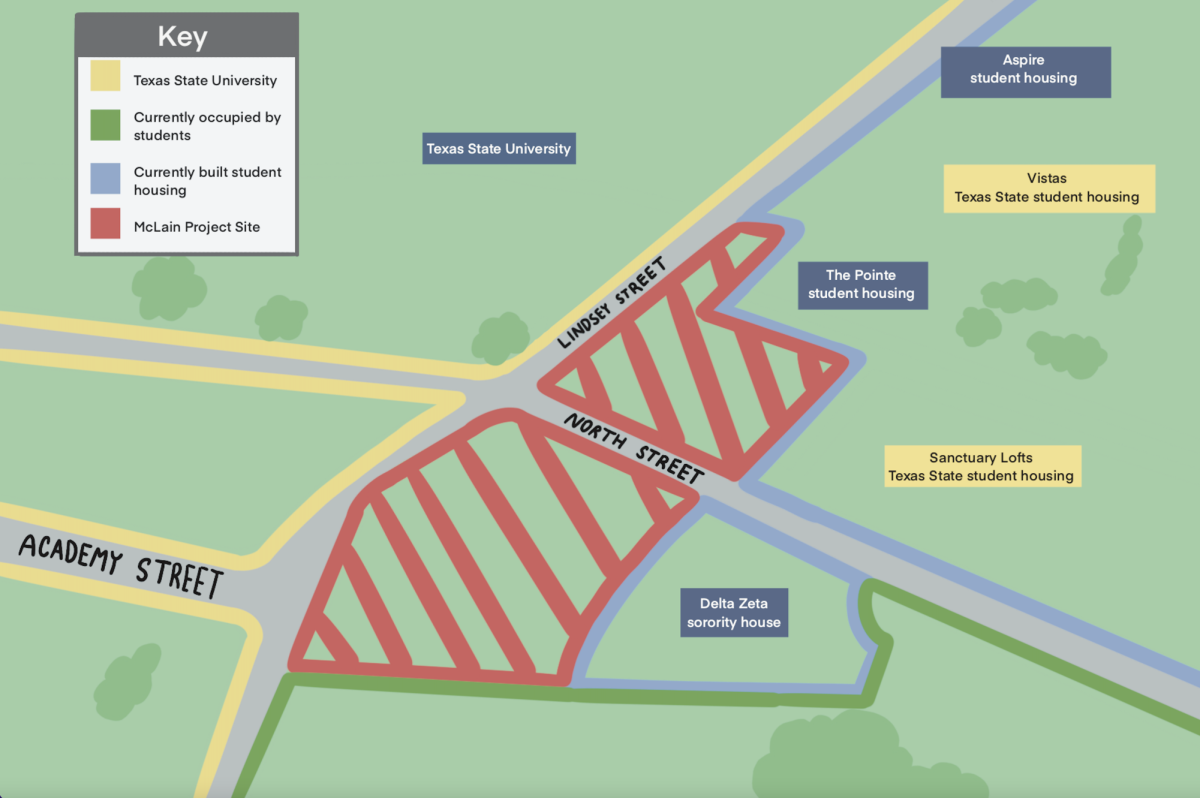
April 24, 2024
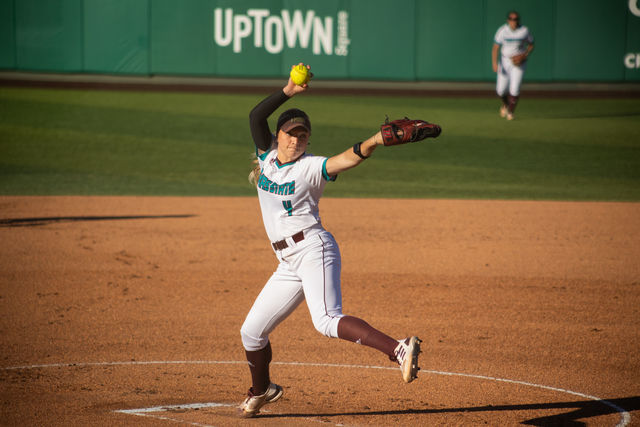
April 24, 2024
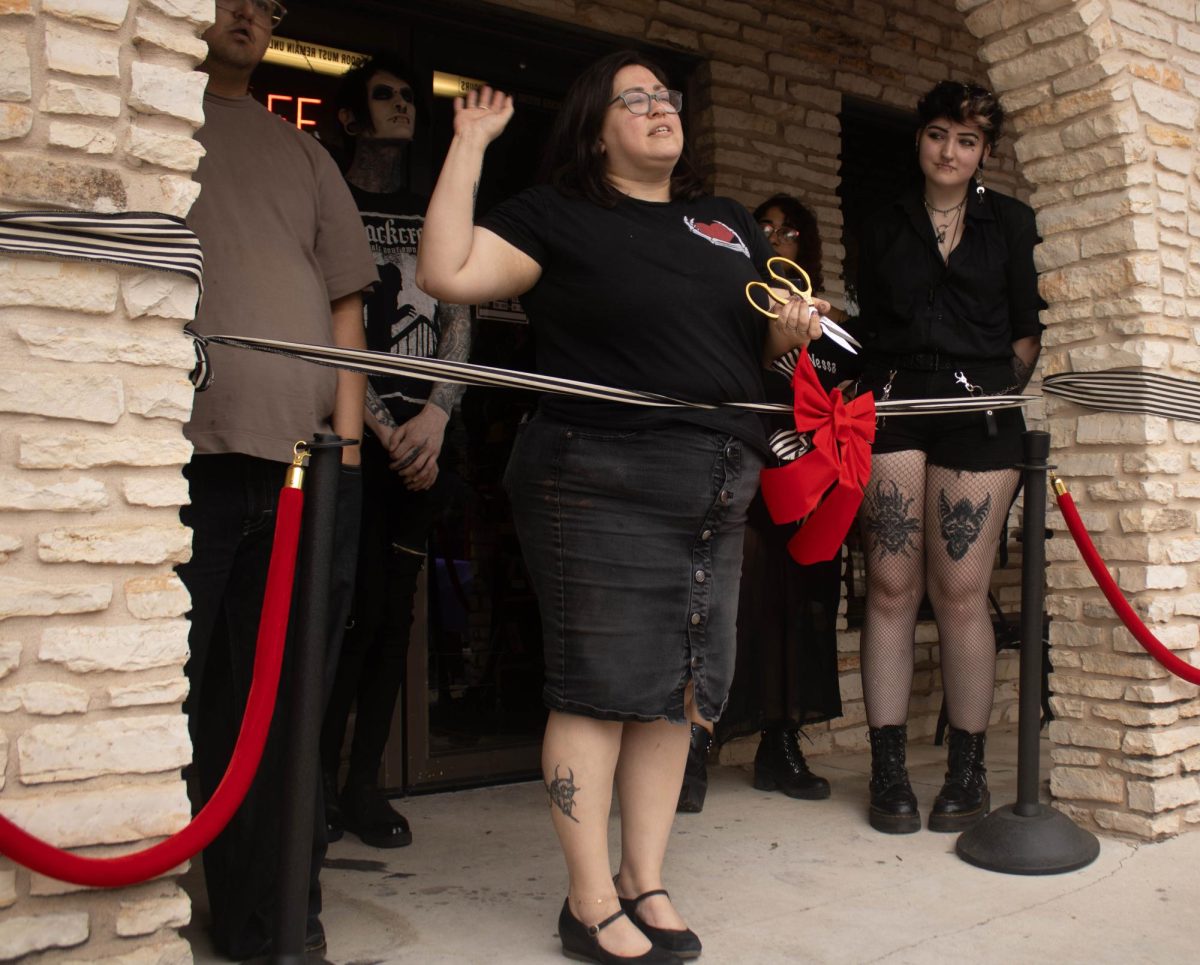
April 24, 2024
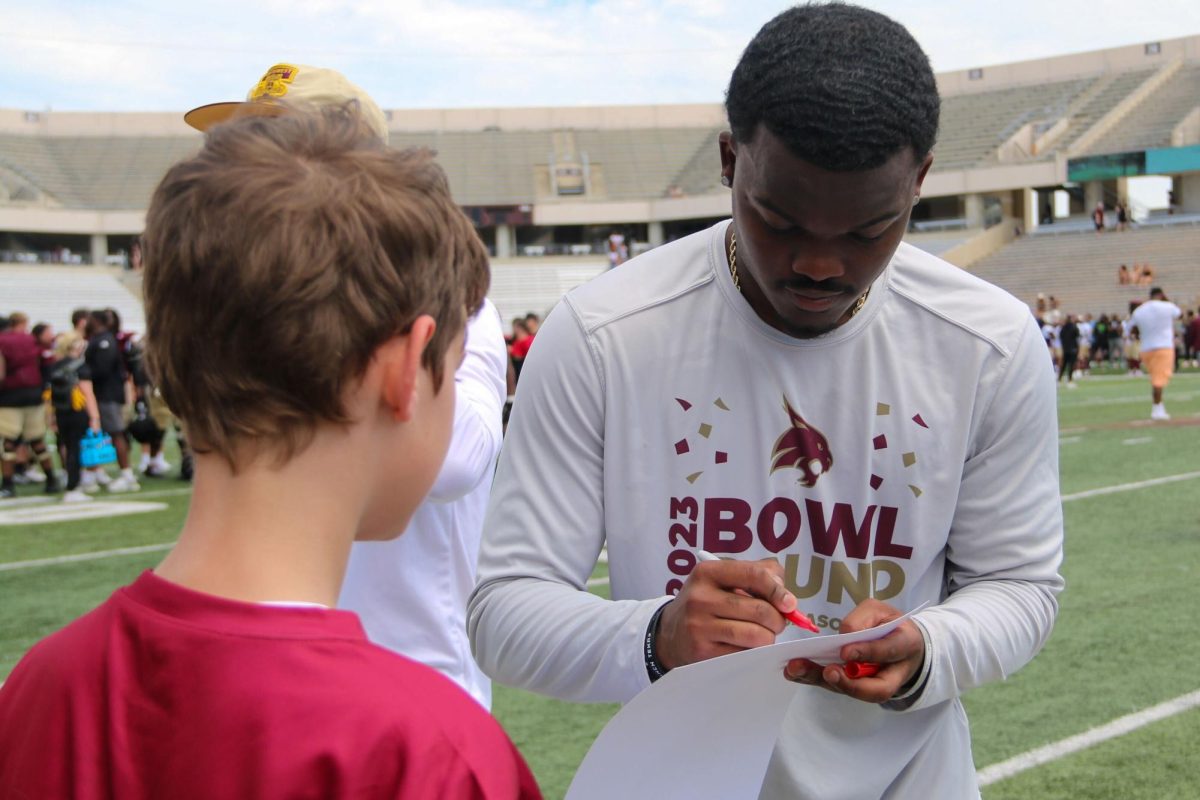
April 23, 2024
Students prepare for fall uncertainty following quarantine request
August 6, 2020
Donate to The University Star
Your donation will support the student journalists of Texas State University. Your contribution will allow us to purchase equipment and cover our annual website hosting costs.
More to Discover
SECTIONS
SERVICES
CONTACT INFORMATION
universitystar.com
601 University Drive
San Marcos, TX 78666
Phone: 512-245-3487
Email: [email protected]
601 University Drive
San Marcos, TX 78666
Phone: 512-245-3487
Email: [email protected]
© Copyright 2024 The University Star 601 University Drive, San Marcos, TX | Privacy Policy
© Copyright 2024 The University Star 601 University Drive, San Marcos, TX | Privacy Policy



